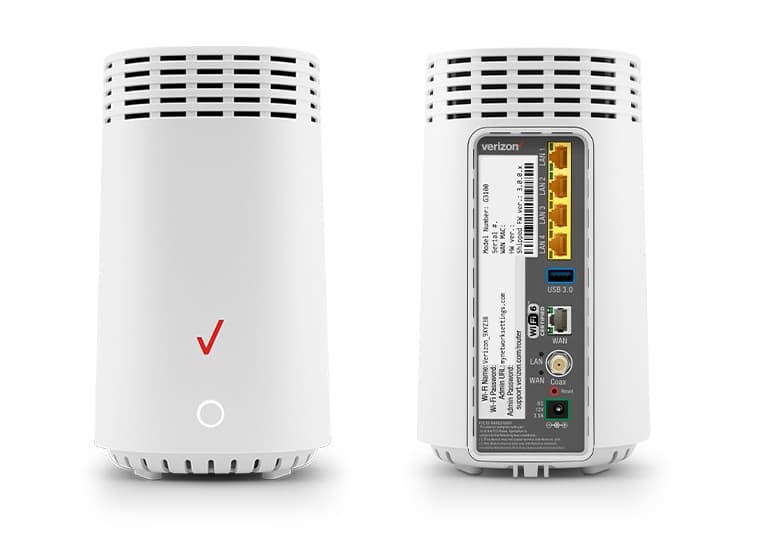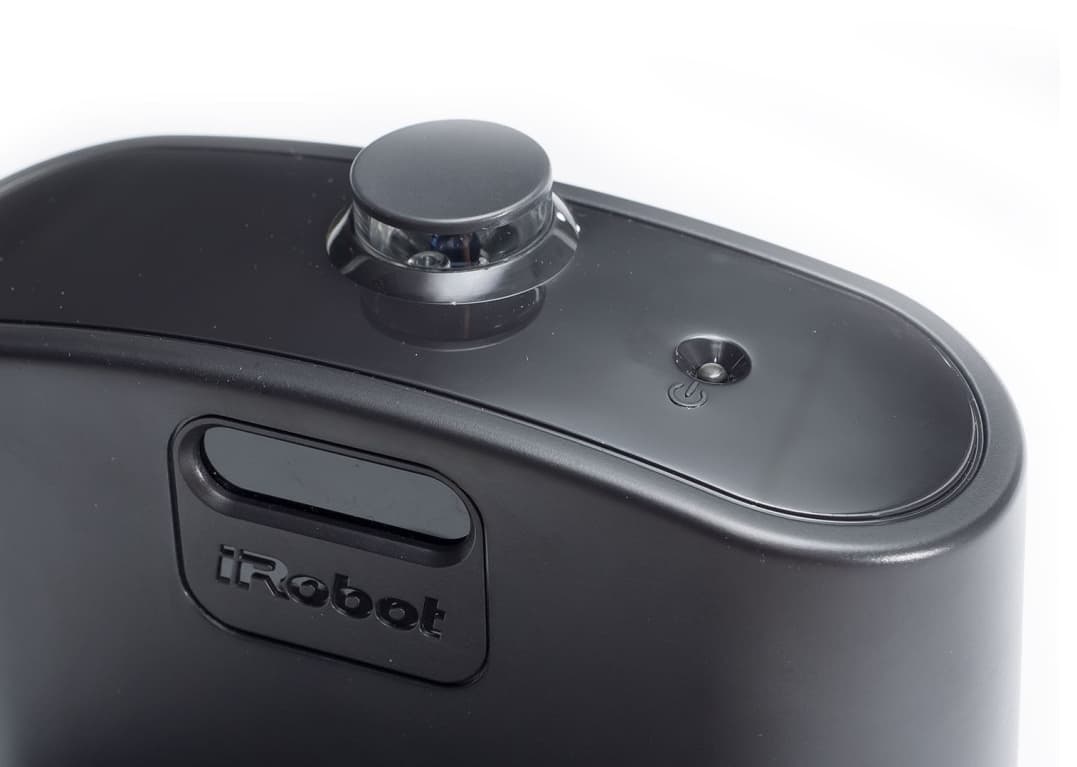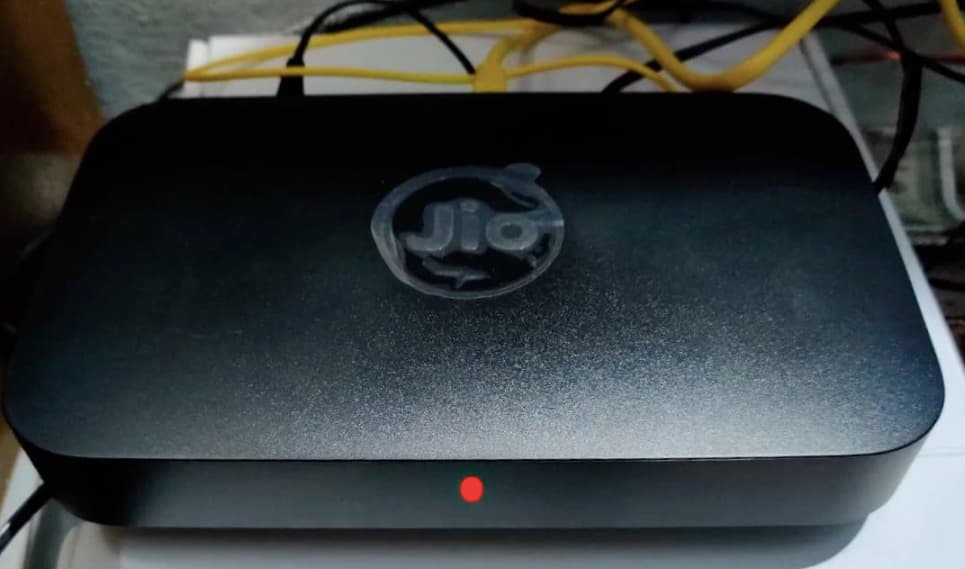Have you noticed the bright blue light on your Verizon FiOS router blinking non-stop? That flashing light is usually not a good sign. It typically means your router is having connectivity issues or is stuck trying to pair with a new device.
A blinking router can disrupt your internet and cause lag, buffering, and disconnections. The good news? In most cases, you can easily fix your blinking Verizon router yourself without needing to call customer support.
Why is My Verizon Router Blinking Blue?

This guide will explain what’s causing your Verizon router to blink blue and walk you through solutions to get your internet flawless again.
What Causes a Verizon Router to Keep Blinking Blue?
There are a few common culprits behind a blinking blue light on your Verizon FiOS router:
- A router is in pairing mode – The blue blinking indicates your router is trying to pair with a new WPS-enabled device. This pairing mode usually lasts 2 minutes.
- Establishing a new connection – A blinking blue light could mean your router is trying to connect to your modem or internet service.
- Overheating issues – Routers that overheat will sometimes blink blue as a warning sign.
- Needs firmware update – An outdated router firmware version can also cause connectivity issues.
Those are some of the most common reasons. Below we’ll go through each specific fix to troubleshoot your Verizon router’s blinking blue light issue.
10 Ways to Finally Stop Your Verizon Router Blinking Blue
Follow these 10 solutions one by one until your router stabilizes:
1. Restart Your Verizon FiOS Router
The easiest first troubleshooting step is to restart your Verizon router:
- Unplug your router and disconnect the backup battery if you have one.
- Leave the router unplugged for 30-40 seconds.
- Plug the router back in, reconnect the battery, and turn the router on.
- Allow the router to fully reboot.
Once restarted, check if your router has a solid white or blue light indicating a stable connection.
2. Power Cycle the Router to Discharge Electricity
If restarting did not work, attempt power cycling the router:
- Shut down the router and wait 20 seconds
- Unplug the power cord from the electrical outlet
- Unplug the power cable from the back of the router
- Wait at least 5 minutes
- Reconnect the power cable to the router and electrical outlet
- Turn the router back on
This forces your router hardware to fully discharge. Power cycling often fixes router glitches like a blinking status light.
3. Verify There’s No Internet Outage
Sometimes a blinking router light simply means there is an outage with your internet service provider:
- Contact Verizon Support and ask if there are any internet outages in your area
- Visit Verizon’s Twitter or Facebook page where they post outage updates
- If there is indeed an outage, you’ll have to wait until your internet access is restored
4. Inspect Cables and Wall Ethernet Jack
Loose wall cables or moisture in the ports can impact connectivity:
- Carefully inspect all connector cables and wall jacks
- Reseat any loose cables or wires
- Use compressed air to dry any moisture in the router or wall ports
- Replace any damaged Ethernet cables
5. Check Router Placement and Overheating
An overheated router will sometimes blink blue as a warning sign:
- Make sure your router has open-air space on all sides
- Don’t place objects on top of your router that can block airflow
- Position away from heat sources like stoves or heating vents
- Use a laptop cooling pad underneath to improve airflow
Let an overheated router cool down for 15 minutes before turning back on.
6. Check for Too Many Connected Devices
If your router is overloaded by too many connected devices, this can impact connectivity and cause a blinking light.
- Audit what devices are connected to your WiFi.
- Disconnect extra devices to reduce the load.
- Set connection limits on the number of allowed WiFi devices.
- Upgrade to a more robust AC1900-AC3200 router if needed.
7. Update Router Firmware
An outdated router firmware version can also trigger connectivity issues:
- Log in to your router admin interface.
- Navigate to Settings > System > Update.
- Check if any new firmware updates are available.
- If so, download and install the latest firmware version.
Updating firmware will refresh your router’s operating system.
8. Test With a Wired Ethernet Connection
If WiFi is being flaky, test a direct wired connection:
- Connect your computer directly to the router with an Ethernet cable
- Disconnect all WiFi devices from the network
- Restart the router
- See if the blinking light issue still occurs without WiFi
This verifies whether the problem is with wireless connectivity specifically.
9. Factory Reset the Verizon Router
If you’ve tried everything, a factory reset will erase all issues:
- Log into your router admin interface
- Navigate to Settings > System > Factory Reset
- Choose “Yes” to confirm the reset
- The router will restore to default out-of-the-box settings
Be aware a reset erases all custom settings so you’ll need to reconfigure your router afterward.
10. Call Verizon Support
At this point, contact Verizon technical support:
- Ask the representative to diagnose your router’s connection.
- Check if router hardware damage is under warranty.
- Inquire about replacement router if needed.
Verizon can send a replacement if your router model is defective and under warranty protection.
More Routers Guide:
Frequently Asked Questions
Here are answers to some common questions about blinking Verizon routers:
- Why is my Verizon router blinking blue?
A blinking blue light usually means the router is trying to connect or pair with a device, overheating, or having a connectivity issue that needs troubleshooting.
- Should I be concerned about a blinking blue light?
Not necessarily. A short-term blinking blue light is normal. But if it blinks longer than 2-3 minutes there may be a underlying issue.
- What is WPS mode on a Verizon router?
WPS stands for WiFi Protected Setup. The blue light blinks when the router enters WPS pairing mode to connect with new devices. This normally lasts 2 minutes.
- Can loose router cables cause a blinking blue light?
Yes, loose wall cables or dusty/damaged ports can disrupt the connection and cause the router status light to blink. Reseating wires may help.
- Why does my Verizon router overheat?
Overheating routers often blink blue. Causes include blocked vents, excess dust buildup, too many connected devices, proximity to heat sources like the stove, and general hardware failure.
- Should I update my Verizon router’s firmware?
Yes, installing the latest router firmware from Verizon can potentially fix software bugs causing connectivity loss and a blinking status light.
- What happens when I factory reset my Verizon router?
A factory reset erases any issues and restores the router to default out-of-the-box settings. You’ll need to reconfigure custom settings afterwards.
- How do I restart my Verizon FiOS router?
To restart a Verizon router, unplug it from electrical power for 60 seconds, plug back in, reconnect backup battery if any, and turn the router back on.
- Why does my Verizon router need to be replaced?
If resetting router settings and troubleshooting does not resolve the blinking light, the router hardware itself may be defective and need replacement under warranty.
- Who do I contact for Verizon router help?
If all self-troubleshooting fails, contact Verizon technical support regarding your blinking router. Ask about warranty coverage and router replacement options.
In Conclusion
While an annoying blinking blue light on your Verizon FiOS router might seem concerning, the good news is in nearly every instance you can easily fix connectivity problems yourself without needing to replace hardware.
Follow the step-by-step troubleshooting guide outlined here. Restarting or resetting your router, checking for outages, clearing overheating issues, and updating firmware will resolve most blinking router causes.
Hopefully, now you have the confidence to stabilize connectivity when your Verizon router starts blinking! Let the solid lights return so you can get internet access restored.



